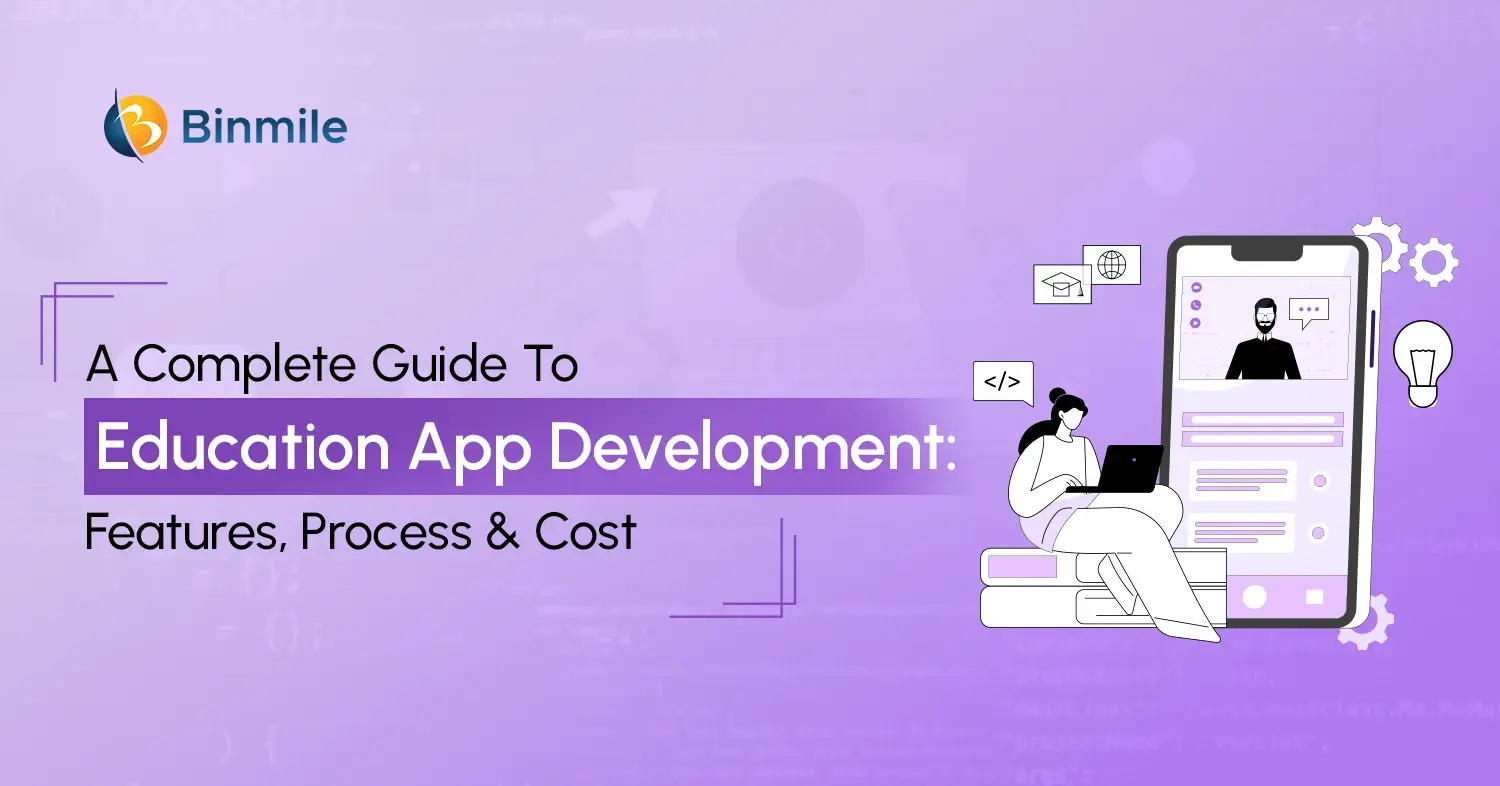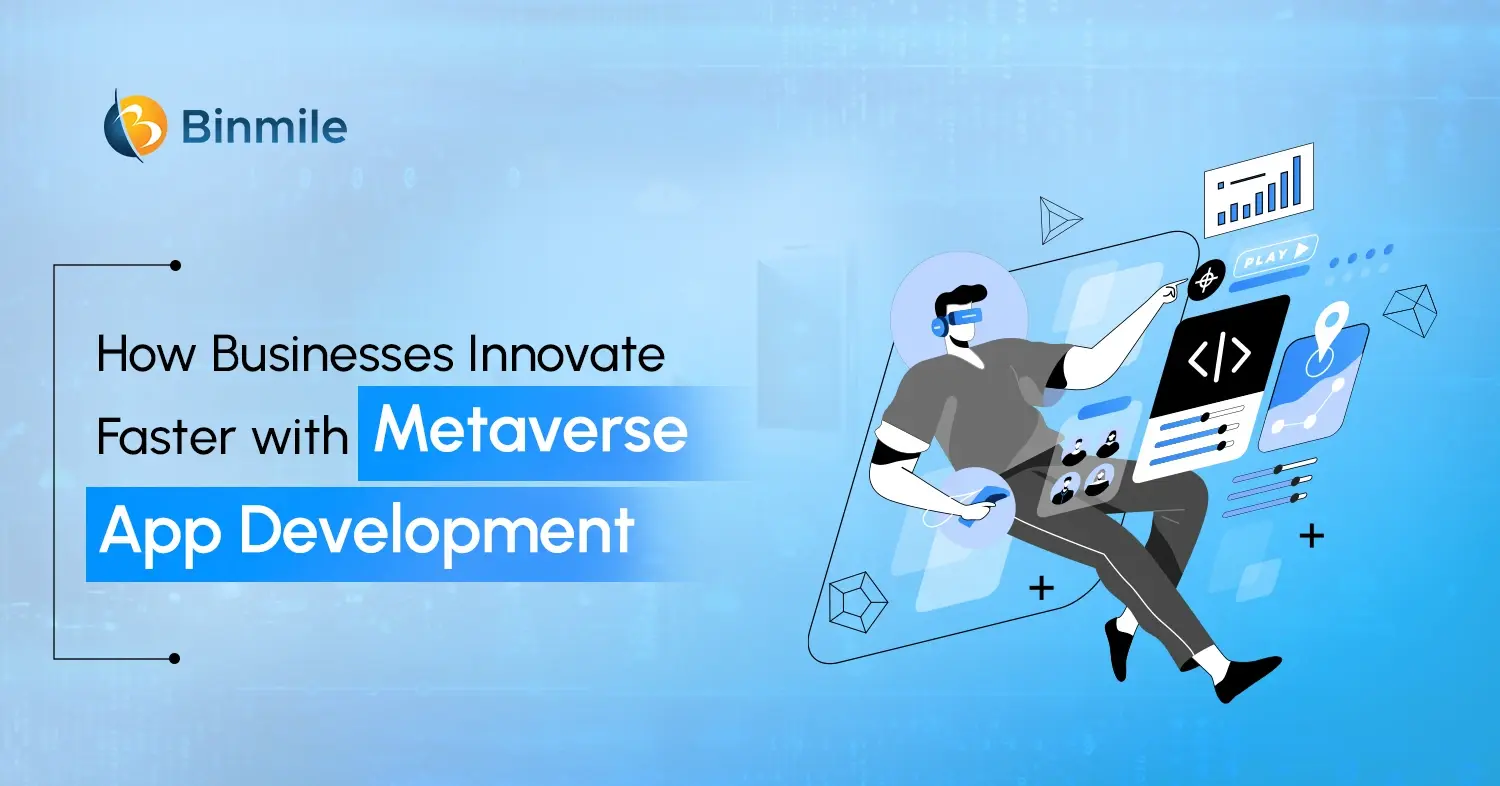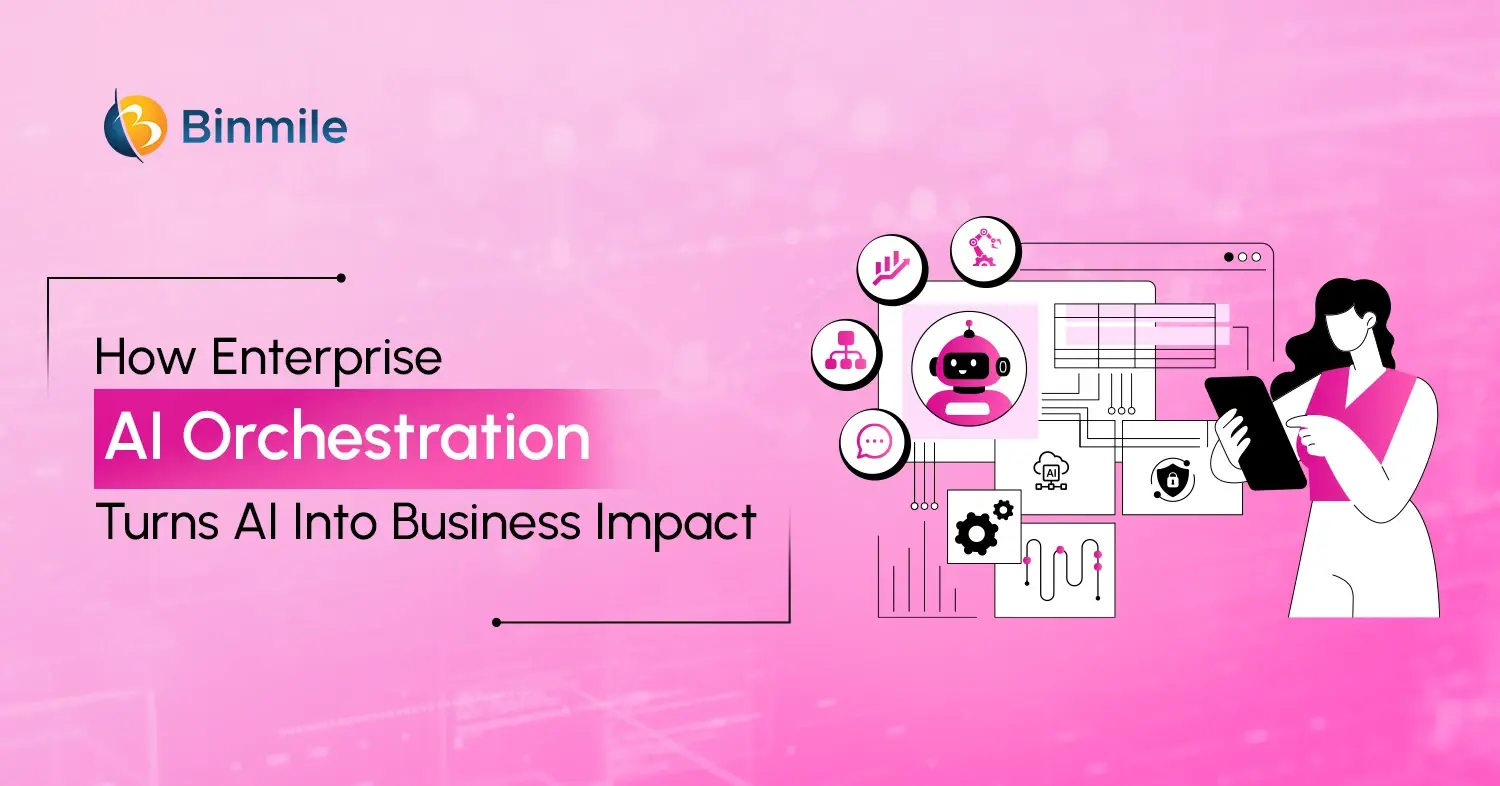Modernization is not a new word. Enterprises of all sizes and types prefer to update their on-premises and legacy systems to the cloud to gain a competitive edge. However, legacy technology presents many technical and non-technical challenges. Interestingly, application modernization can quickly solve all such challenges can solve. Many people think of app modernization but don’t consider the following factors. These include app modernization is not restricted to migrating to the cloud; legacy systems are not easily scalable or managed; they affect any organization’s ability to innovate; they can be challenging to secure, and modernize apps, and migrating to the cloud is hard simultaneously.
Five pillars of application modernization enable businesses to optimize their business systems, transform the way their business works, and keep them updated. These pillars include application transformation, networking, cloud modernization, application migration, and custom application development services. Here, you will read about the first and prominent pillar: Application transformation.
Modernizing Legacy Applications: The First Step You Can’t Skip
If you have a business-critical application that’s built on a legacy system, you’re probably starting to feel the pain as your customers demand more and better sophisticated features. And the question becomes, how do you keep your app relevant? It is possible with application modernization. App transformation is the procedure of evaluating current or legacy applications and then scheduling and performing migrations. It allows enterprises to bring business-critical, legacy apps to modern infrastructure. This process also keeps these apps appropriate and associated with modern user expectations.
To keep your business on the cutting edge, you need to evolve from legacy applications to constantly improving applications. As with any life transition, knowing where you’re coming from and where you’re going is the first step. That’s why when you’re planning your cloud transition or deployment, your first step should be assessing your existing applications. This will lead you to determine the best path to take toward modernization. Your assessment will identify:
- Apps to migrate to the cloud
- Apps to redesign
- Apps to maintain in the existing enterprise
- Priorities for eventual transitions to the cloud
How App Transformation Drives Business Growth: Key Benefits
The recent survey conducted by IDG on app modernizations reveals modernization efforts are already producing measurable improvements in user experience, service quality, and cost efficiency. There are several benefits to app transformation, including:
- Cost savings for hosting in the public cloud versus on-premises
- Enhanced agility in accelerating the release cycle
- Improved reliability and flexibility for more accessible and more dependable maintenance
- Opportunities for heightened reliability and redundancy
- Saving money and time while maintaining software
- Security vulnerabilities addressed with containerized or streamlined code
- The beginning of automation for security and patching upgrades
Three Steps of Application Transformation
- Plot your application development based on the complexity and criticality of the application to your customers, the development organization, and your organization as a whole.
- The first round of software modernization should include high-value, low-effort applications.
- Let you decide which applications you want to modernize: Rehost, refactor, re-platform, or replace.
Be sure to assess all stages of an application’s lifecycle when you’re looking to transform it. Focus on the potential for new business outcomes, opportunities for new applications, and security, compliance, and application management.
You can reduce the number of applications in your organization by moving apps to the cloud, and you can ensure that each app meets updated compliance and governance requirements.
Also Read: Data Modernization Strategy for BFSI
Popular Practices for Modernizing Legacy Systems
In an age of digital transformation, app modernization is a crucial strategy for companies to adapt to remain competitive. It’s become apparent that organizations cannot rely on legacy systems and outdated software, leading to lost revenue and even higher costs down the road. App modernization to date has been a manual process requiring multi-year projects that suffer a high failure rate. How can we apply modern tools, known DevOps best practices, and desired business benefits to improve and accelerate a company’s modernization efforts? How do we make modernization more modern?
With the intelligent use of AI, automation, and data science, you can build repeatable pipelines and shift architecture left. The following are some unique practices for modernizing legacy systems.
- Intelligently automate everything possible
- Continuous modernization and CI/CD methodologies
- Deep application observability
- Ensure architectural parity
- Get executive support for your modernization project
Free Download: Case Study on Application Modernization
Measurable Improvements from IT Modernization
- Cost-efficiency/savings,
- Faster time to value,
- Improved business continuity,
- Improved quality of service,
- Improved risk profile,
- Improved user experience/satisfaction,
- Increased agility,
- Increased availability/uptime,
- Increased innovation/creation of new revenue-generating products,
- Increased TAM by accessing different/new revenue streams, and
- Resource optimization
Summing Up
Autonomous software development teams, agile methodology, DevOps practices, and infrastructure as code (IaC) are some of the unique elements that bring people and processes together for modernizing legacy systems or apps. Digital product engineering services help companies modernize all legacy systems that hamper overall production and give rise to complexities. Application transformation is a part and parcel of the app modernization process.
App modernization relates to updating legacy apps to scalable, cloud-native app environments with the help of modern technology stacks. This process helps you to meet modern user expectations and get quality output. Interestingly, the first step of app transformation ensures that you are leading in the right direction to scale your business projects.









